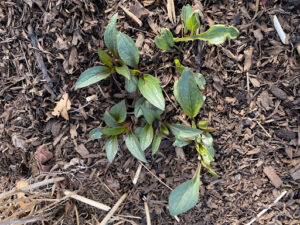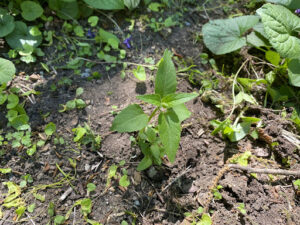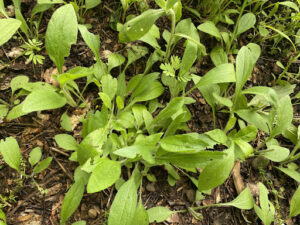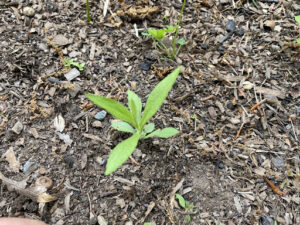By: Rie Macchiarolo, ELA President
Sowing seeds as a way of creating, transforming, and augmenting landscapes is a wonderfully fun and affordable method. It can be quite rewarding after a fall seeding to return to a site in the early spring to find a bunch of seedlings emerging. There are various steps that can be taken before seeding to ensure that you have successful germination and seedling development. But that’s not the focus of this piece. If you want to learn more about site preparation, design and maintenance of a meadow, check out this meadow archives here.
The purpose of this piece is to show a few pictures of some common forbs commonly seeded in meadows in the northeast. There are other good resources out there as well like the NRCS seedling ID guide for prairies plants (Central region) and the NRCS Forb Seedling Identification packet. Check out these guides to learn more!
Here are some pictures of some commonly used forbs:
Agastache foeniculum – Anise Hyssop

Agastache foeniculum (as a seedling)

Asclepias incarnata – Rose/Swamp milkweed

Asclepias tuberosa – Butterfly milkweed

Coreopsis lanceolata – Lanceleaf tickseed

Echinacea purpurea – Coneflower

Eurybia divaricata – White wood aster

Geranium maculatum – Wild geranium

Heliopsis helianthoides – false sunflower

Iris versicolor – blue flag iris

Lupinus perennis – sundial lupine

Monarda fisulosa – wild bergamot

Packera obovata – groundsel

Penstemon digitalis – foxglove beardtongue

Rudbeckia hirta – black eyed susan

Symphyotrichum novae-angliae – New England aster

Verbena hastata – blue vervain

Happy seeding!

